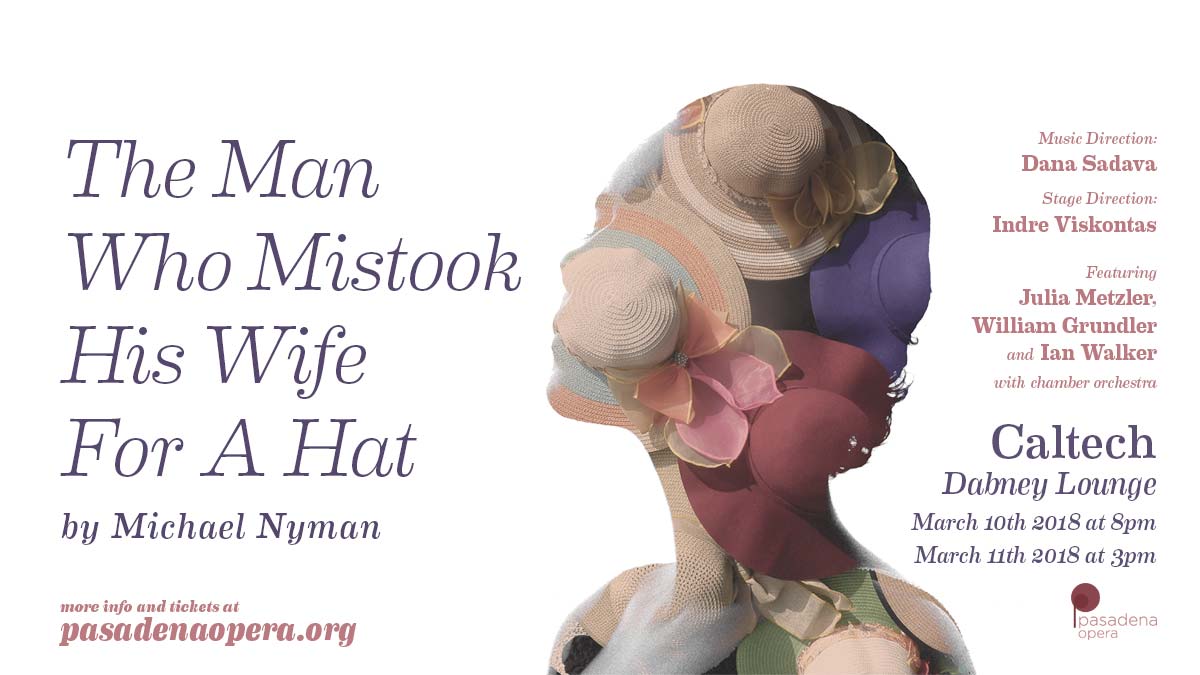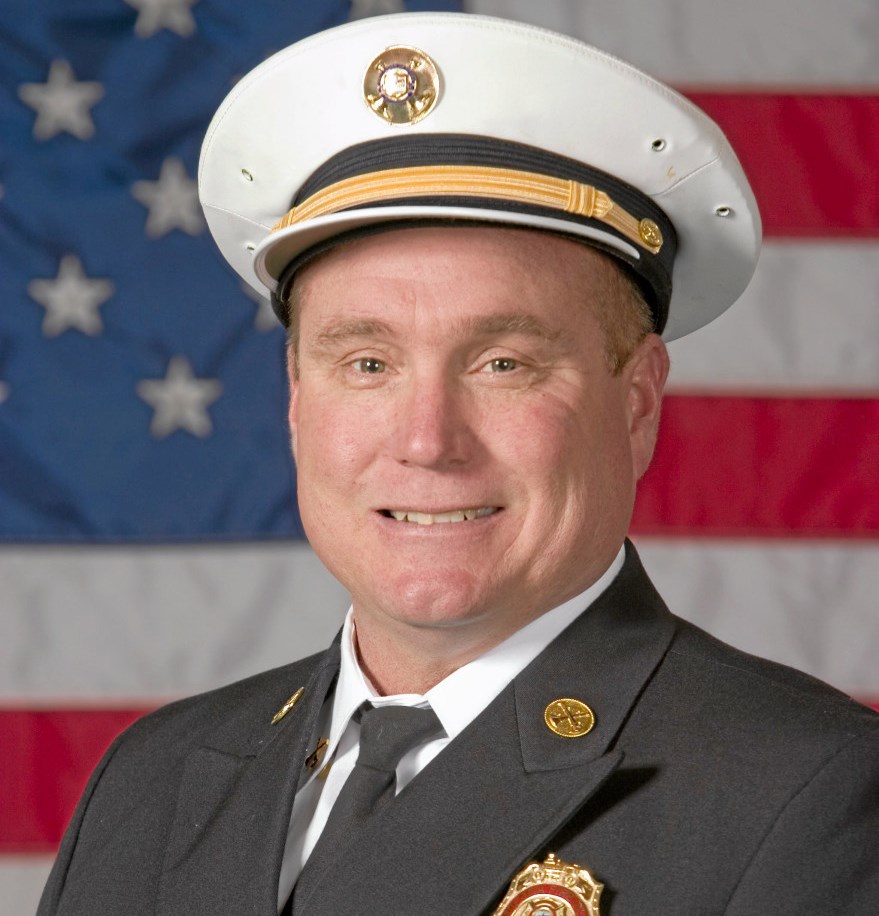
By May S. Ruiz
The human brain works in such complex ways and each one’s thought process is different based on their environment that there’s no predicting what a person would do or how an individual would react to a stimulus at any given moment. However inaccurate that statement might sound to an expert, what’s indisputable is how fascinating it must be to study how our minds operate and what happens when they don’t function as they should.
Dr. Oliver Sacks, a British neurologist, spent his life studying the human brain and shared his knowledge and findings with the world. He authored and published best-selling case histories about his experiences involving his patients’ disorders. His book ‘Awakenings’ was the subject of a documentary made for British television series Discovery. It was later adapted for the screen and became a film which starred Robin Williams and Robert de Niro.
‘The Man Who Mistook his Wife for a Hat,’ Dr. Sacks’s case study about a man who couldn’t decipher what his eyes were seeing (medically known as visual agnosia), was the subject of a 1986 opera by Michael Nyman. It will enthrall Pasadena audiences when it debuts at the Dabney Lounge and Gardens at Caltech on Saturday, March 10 at 8:00 pm and on Sunday, March 11 at 3:00 pm.
Presented by the Pasadena Opera, ‘The Man Who Mistook his Wife for a Hat’ will be stage directed by Dr. Indre Viskontas with music conducted by Dana Sadava. Soprano Julia Metzler, plays the role of Mrs. P; baritone Ian Walker plays Mr. P; and tenor William Grundler is Dr. Sacks. Pasadena Opera was established in 2014 by Dana Sadava (Artistic Director) and Indre Viskontas, (Creative Director) to revolutionize the presentation and perception of opera. Together they have a mission to provide contemporary theatre experiences the resonate with the community while maintaining the highest standards of artistic excellence.

Viskontas says, “We like to tell stories with a social conscience that are compelling and touch on issues relevant to the times we live in. While we don’t have a mandate to perpetuate feminism, our last two shows featured female characters. ‘Susannah,’ a story about a beautiful woman who attracted a lot of men predated the #MeToo movement. It was a commentary on how women are sometimes misjudged because of their physical looks. Last year we presented ‘Cosi fan tutte’ which, loosely translated, means ‘Women are fickle’ and denigrates women.”
Their process for choosing which shows to put on commences during a lunch when they list all the operas they find interesting. Viskontas elaborates, “We come up with a ‘wish’ list then narrow it down to what we want to do next year and why. We try to be inspired by what’s going on in the country at the moment.”
Sadava relates her own method, “I walk around the city. I visit the San Francisco Music Library thumbing through scores, discovering new pieces, listening to recordings. Then I make my long list and short list. I find this process of choosing our next show very exciting.”
“There isn’t one particular opera that I am dreaming to put on,” explains Sadava. “My favorite thing to do is working with composers on new pieces. For our first production, we chose ‘Candide’ because it’s exuberant and involves a lot of people. It’s also in English and it’s by Bernstein, who’s one of my favorite composers. So I thought it made a statement in a lot of ways. For our next production we commissioned a new opera based on the story by Angela Carter called ‘The Bloody Chamber’ by Daniel Felsenfeld with a libretto by Elizabeth Isadora Gold. We’re planning it as a Halloween show.”
For ‘The Man Who Mistook his Wife for a Hat’ Sadava and Viskontas chose three performers who have an affinity to the area. The singers who make up the only three characters are all Los Angeles residents.

Soprano Julia Metzler grew up in Glendale, a city about six miles west of Pasadena. She was the winner of the Metropolitan Opera Competition’s western region finals. She graduated from the San Francisco Conservatory of Music with a bachelor’s degree in music and gained her master’s degree in voice from UCLA.
Having professionally performed in her late teens, Metzler has built an impressive resume. Recent roles include Fiordiligi in ‘Cosi fan tutte’ (Pasadena Opera), Micaela in Bizet’s ‘La Tragedie de Carmen’ (UCLA Opera), the title role in Gustav Holst’s ‘Savitri’ (Pasadena Pro Musica),and Lady Billows in ‘Albert Herring’ (Repertory Opera Company).
Additionally Metzler has performed and been interviewed on NPR’s ‘From the Top.’ She was also featured in the HBO miniseries ‘Masterclass,’ in which she had the opportunity to coach with Placido Domingo.
Metzler says, “Everyone in my family is a musician so I grew up with music. We had a violin store in Glendale and I played the instrument as a child. Sometimes I worked in the store helping kids try out violins.
When I was about 18 or 19, I started singing professionally but my interest in it started earlier than that. Music is ingrained in me; there wasn’t any one defining moment when I realized singing was my calling.”
“I have been a singing waitress in Italian restaurants,” recounts Metzler. “I try to work with as many different companies as I possibly can; I recently did small parts with L.A. Opera. I have just come back from China where I sang nationalistic songs for a televised performance. I will be traveling to New York to compete in the National Metropolitan Opera Awards and I’m very excited about that.”
Metzler pronounces, “I’m very lucky to be employed in a profession I am passionate about and travel wherever my art takes me. I have been involved in amazing productions and hope to one day get my dream role, Tosca.”
Sadava used to call Pasadena home. She reminisces, “I grew up in Pasadena so it has been a huge playground for me. I went to high school and college here. It’s a very sophisticated but open place so I’ve always had an eye on it as somewhere I’d love to come back to one day. We started this company as a tribute to the city of my youth.

It was when I was attending Caltech that I had a carpe diem moment and decided to switch from engineering to music. I thought I could always go back to rocket science but I have to try doing music professionally and that’s what I did. I was thrilled to meet Indre and in her I found a kindred spirit. She and I both have parts of our brains firing out all at once; we just work well together. We have a kind of sixth sense about what we need to do and how it’s going to go.”
While Sadava has an engineering degree, music has always been a part of her life. She originally trained as a pianist and studied with Dorothy Hwang at Colburn School, Sanford Margolis at Oberlin Conservatory of Music, and Gabriel Chodos at the Aspen Music Festival. She was with the Disney Young Musician’s Symphony Orchestra and was seen on the Disney Channel when she was eleven years old.
As a Caltech student Sadava pursued her love for the arts, appearing as a piano soloist with the Caltech-Occidental Symphony and playing chamber music. She went to the University of Michigan for a master’s degree in orchestra conducting and studied with Kenneth Kiesler on a merit scholarship.
Sadava has been a professional conductor for the past eight years and has toured all over the United States, Canada, and Ireland. She is currently also the Artistic Director of the Community Women’s Orchestra in Oakland. She has recently been hired by the San Francisco Conservatory of Music to work on a project with their opera department.
A Toronto native, Viskontas earned her PhD from UCLA in neuroscience with particular emphasis on how the brain changes when one learns new things. She received her master’s degree from the San Francisco Conservatory of Music where she met Sadava.
“It would have been more convenient for us to establish our company somewhere else,” Viskontas declares. “But because of Pasadena’s unique profile it became the most logical place for us. It is a beautiful city where there is a big support for the arts. With its world-class university, it is the center of education and technology. Opera, the way we present is, uses ground-breaking technology and new ideas. Besides, it didn’t have an opera company so we wanted to fill that gap.”

Viskontas happily mixes music with neuroscience. She says. “I teach Psychology courses at the University of San Francisco but I spend a lot of my time bringing science to the public. I like doing one or two projects a year. I did a couple of lecture series with The Great Courses (12 Essential Scientific Concepts and Brain Myths Exploded); a TV show on the Oprah Winfrey Network called Miracle Detective as well as a few web series. I write and host two podcasts, Cadence: What Music Tells us About the Mind and Inquiring Minds about science and society. I just finished writing a book on music and the brain which will be published by Chronicle in 2019.
I have sung in several companies and have done a whole bunch of bizarre projects. While I still sing on occasion with other companies, now I mainly work on projects involving Pasadena Opera or chamber music. I work often with a string quartet on vocal chamber music (Vocallective.com). I’m also working on a project to investigate what aspects of musical performance can elicit empathy in audiences (www.TheEnsembleProject.com).
‘The Man Who Mistook is Wife for a Hat’ is an amazing story about the power of music and the ways we should approach neurological problems. Dr. Sacks shows us that there’s a lot doctors could learn from their patients about the brain. To have this idea and to be able to present them in my favorite art form is something I had wanted to do for a long time. It is also a very personal project for me; he and I worked together on a venture called Musicophilia. He was my mentor and I wanted to honor his passing in a significant way.”
“He might have had trouble connecting with the larger world, but he always managed to reach even the most elusive patients with his unassuming manner and keen ability to get to the heart of their experience,” continues Viskontas. “I’m thrilled to have the opportunity to share his genius with our audience.”
For Sadava, ‘The Man Who Mistook His Wife for a Hat’ is a fulfillment of a long-dreamed of production. She reveals, “I have been looking forward to presenting Nyman’s beautifully minimalist score weaved with the accessible melodies of Robert Schumann, whose music is a remedy for the patient’s ailing mind. The sparseness of the score gives the audience time to digest the profound insights the Oliver Sacks poetically presents.”
Viskontas expresses it succinctly when she pronounces, “We boastfully and arrogantly think that opera is the height of theatre. Storytelling is what we do – in the grand form of opera.”
At the turn of the 20th century, Pasadena saw the flourishing of the arts and the blossoming of technology which inspired solar astronomer and visionary George Ellery Hale to develop the city as a scientific and cultural destination. It’s only fitting that ‘The Man Who Mistook his Wife for a Hat’ is set here where, more than a century later, arts and culture still mesh seamlessly with innovation and technology.






